Huellas de la travesía: Río Negro, se plantea como una exploración/travesía. El juego de palabras que componen el título de la propuesta se refieren a las huellas de los trazos que dejaron las traviesas sobre las vías ferroviarias, los posibles flujos y recorridos que trazan azarosamente los ríos y el peso de una historia colectiva que llevamos como lastre en Colombia.
Traces of the journey: Río Negro, is an exploration/journey. The play on words that make up the title of the proposal refers to the traces of the imprints left by the sleepers on the railway tracks, the possible flows and routes that the rivers trace randomly and the weight of a collective history that we carry as ballast in Colombia.

Traverse delves into the notions of journey and identity in a landscape, fusing performance and video work to investigate the relationship between the environment and one’s self. In dialogue with the landscape, artists use a symbolic and physical passage to rewrite a narrative, question ideologies, evince transformation, and shift perspective. Curated by Esther Saenz, the exhibition is part of Denver’s Month of Video.
Traverse features work by The Post Punk Revolutionary Front Collective that is linked to Colombia: The Corn, The River and The Grave, on view at the Museo De Las Americas. The Collective includes the trio of artists: Santiago Echeverry, Sandra Rengifo, and Kostas Tsanakas.
This exhibition is a part of Denver Month of Video, a month-long exhibition, event, and curatorial platform held citywide. Co-founded by Jenna Maurice and Adán De La Garza, Month of Video showcases a diverse array of video works including video art, video games, performance art for video, and more. Find more information on exhibitions and events at denvermov.com.
Traverse – Curatorial text by Esther Hz, Chief Curator
Traverse delves into the notions of journey and identity in a landscape, fusing performance, video and photography to investigate the relationship between the environment and one’s self. In dialogue with the landscape, artists use a symbolic and physical passage to rewrite a narrative, question ideologies, evince transformation, and shift perspective. The works capture the intangible essence of a landscape, encompassing not only the natural components of geography but also the human history and stories intertwined within, whether it is representative of an inner world or a real-world location. The digital artworks transcend the limitations of traditional artistic mediums, pushing the boundaries of creative expression. Through this combination, viewers can accompany the artist in a profound dialogue with a specific location, immersing themselves in an intimate performance while employing the camera to delve into the manipulation of time, space, and identity.
Annette Isham’s artwork explicitly explores this intersection of identity and geographical locations. The video serves as a bridge between detachment from the American Western landscape and the formation of a new narrative. Isham employs drones to capture the essence of the landscape and has documented herself wearing various Venus garments, symbolizing a realm where the feminine can traverse between dimensions. She digitally manipulates the original imagery using animation and other techniques to achieve her vision. “My work does deal heavily with the human relationship to landscape, and it has connections to the sublime on many levels. Throughout my work, the functions of landscape and my body change depending on the project,” says Isham. “I am interested in the idea of dimensions congruently existing and want to suggest a world where doorways exist within the landscape, where one could be in between two places. I also want the landscape to be the habitat for an unearthly feminine form and represent a place where she visits often, coming and going whenever she wishes.”
This collection of work reminds us that locations, like humans, are multidimensional; Chrissy Espinoza’s photographs expound upon this multidimensionality. She ventures into hotel rooms, untamed outdoor spaces, and eerie areas, utilizing them as canvases to experiment with composition and infuse enigmatic narratives into her imagery. Espinoza’s photographs encompass metaphysical realms and internal landscapes, influenced by masks, folklore, surrealism, and films. “Ruminate” explores the rituals undertaken to release the negative energy of fixating on adverse thoughts. Espinoza depicts the all-consuming nature of these unfavorable thoughts, symbolized by a pervasive black shadow that engulfs the entire body. While she visits many locations in the scouting process, her work conceptually traverses psychological scapes where myth, archetypes, and folklore preside.
While Espinoza ventures into diverse settings, infusing metaphysical realms and internal landscapes into her photographs, Frente Post Punk Revolucionario (FPPR) delves into the impact of political ideologies, social unrest, and economic outcomes on the Colombian landscape. FPPR
was formed in Bogotá, Colombia, in 2019 with a commitment to resistance through public engagement. Their personal journeys and family stories intertwine with the exploration of the rivers and train tracks of Bogotá, forming a non-linear narrative. Within the sixteen-minute video “Huellas de la Travesía: Río Negro Marcha del Silencio,” performer Santiago Echeverry walks a path that fluctuates between fiction and the rebuilding of an obsolete landscape and territory that tourist companies have commercialized, exposed to mining exploitations, suffered human displacement and other vicissitudes of invisibility and annihilation. The radio serves as a bridge of communication, a wave that revisits the past and the present, an audible subject that allows transit while reflecting and pointing out aspects that led to the ruin of the communities, the routes, the train tracks, and their towns.
In the video series “Concerning the Landscape: A Study in Relationships,” Jenna Maurice explores forging a profound bond with the natural landscape. Making prints in the sand, moving with the sun and walking through obstacles, Maurice delves into the landscape’s spatial complexities and pushes the boundaries of our experiences within it. Through a series of performances, the focus lies on the intricate nature of communication. These uncomplicated interactions with the landscape pave the way for perceiving it through emotions and connections. The works hone in on specific and tangible inquiries that determine the boundaries of our human encounters. Maurice works with ideas concerning relationships (with herself, others, the past, and the landscape), non-verbal communication, and the language of the complicated human experience. Drawing inspiration from the early developmental stages of human life, the work considers innate responses, mimicry, and non-verbal communication as a foundation.
Transcending the physical realm, the concept of landscape surpasses what can be physically perceived, touched, and experienced. It encompasses the transient and elusive influences that contribute to shaping the environment, not only the concrete elements of geography, geology, plant life, and animal life but also the artifacts of human civilization scattered throughout the land. These artifacts include rural communities, urban areas, and all the remnants produced by these communities. Moreover, the landscape is intertwined with history, encapsulating the individuals who traversed the land before us and the events that unfolded in different periods. Perception, rather than direct sight, grasps another realm beyond the palpable landscape—a landscape where the entirety of previous time continues to exist. By contemplating this concept, we prompt ourselves to consider the profound interplay between the tangible world we directly experience and the intangible realm that underlies it, which holds the cumulative wisdom and essence of all that has come before us.
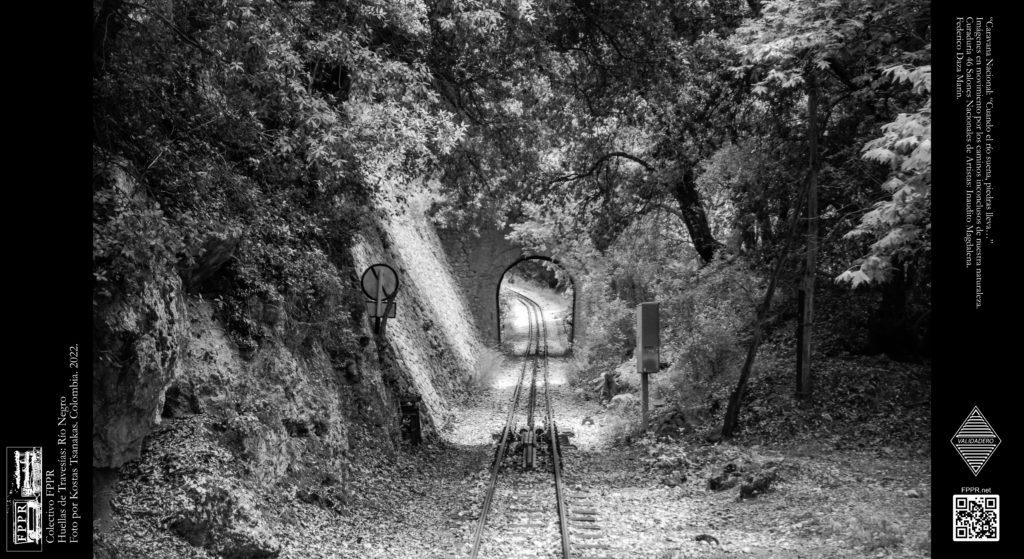
“Caravana Nacional: “Cuando el río suena, piedras lleva…”
Imágenes en movimiento por los caminos inconclusos de nuestra naturaleza. Curaduría 46 Salones Nacionales de Artistas: Inaudito Magdalena. Federico Daza Marín.
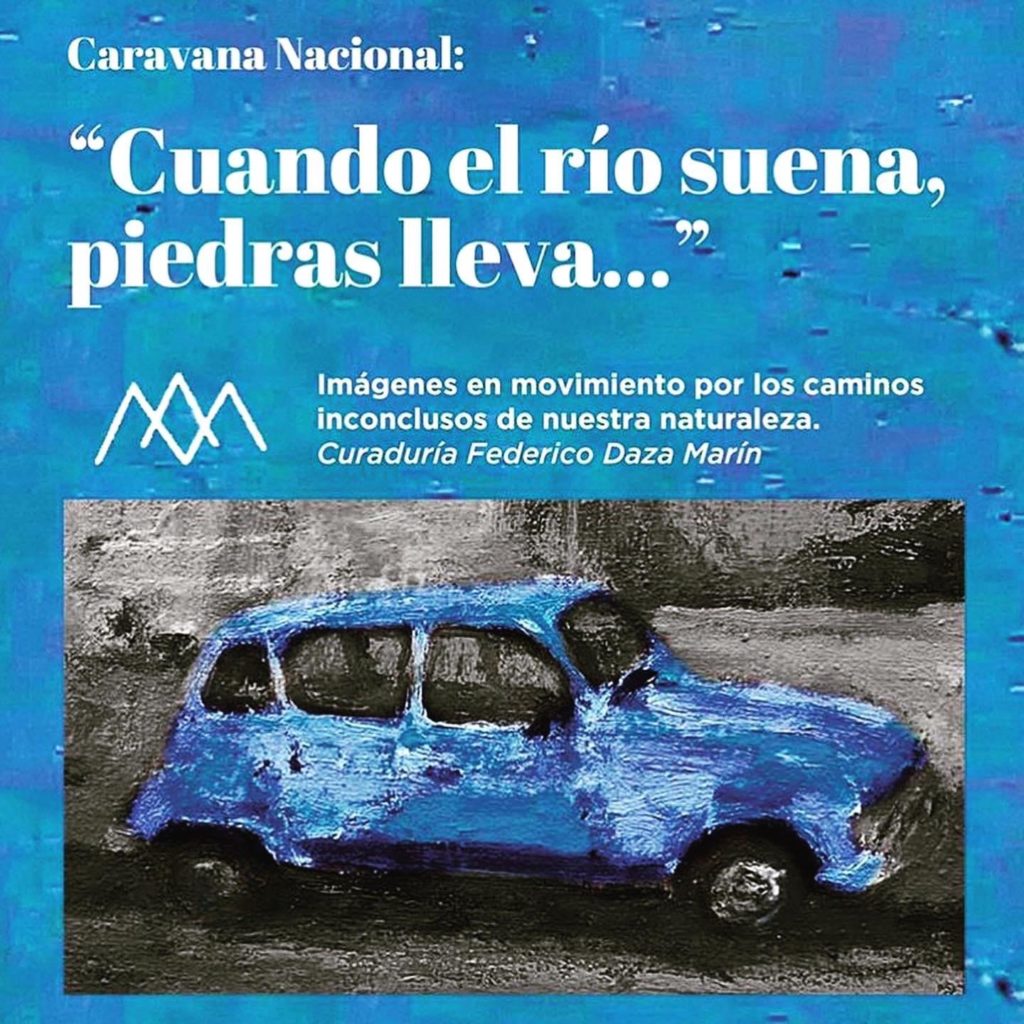
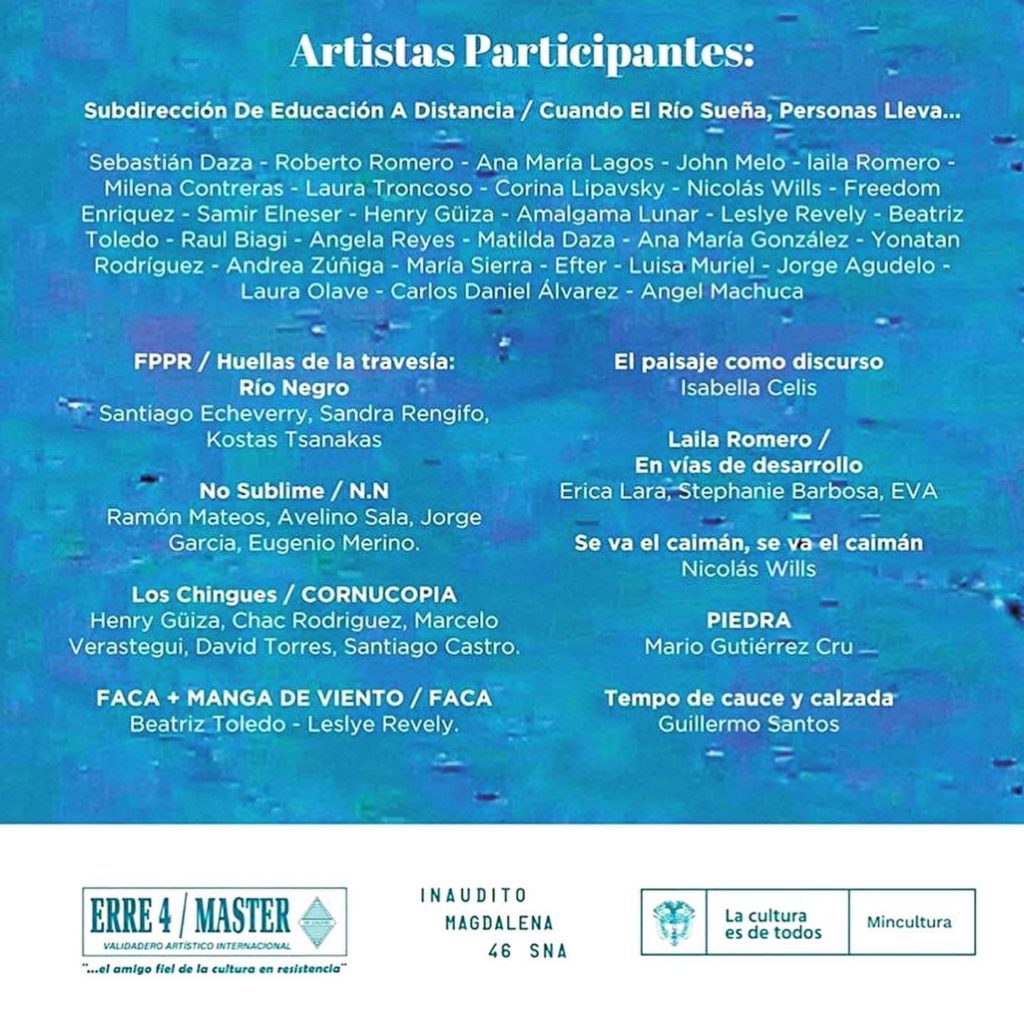
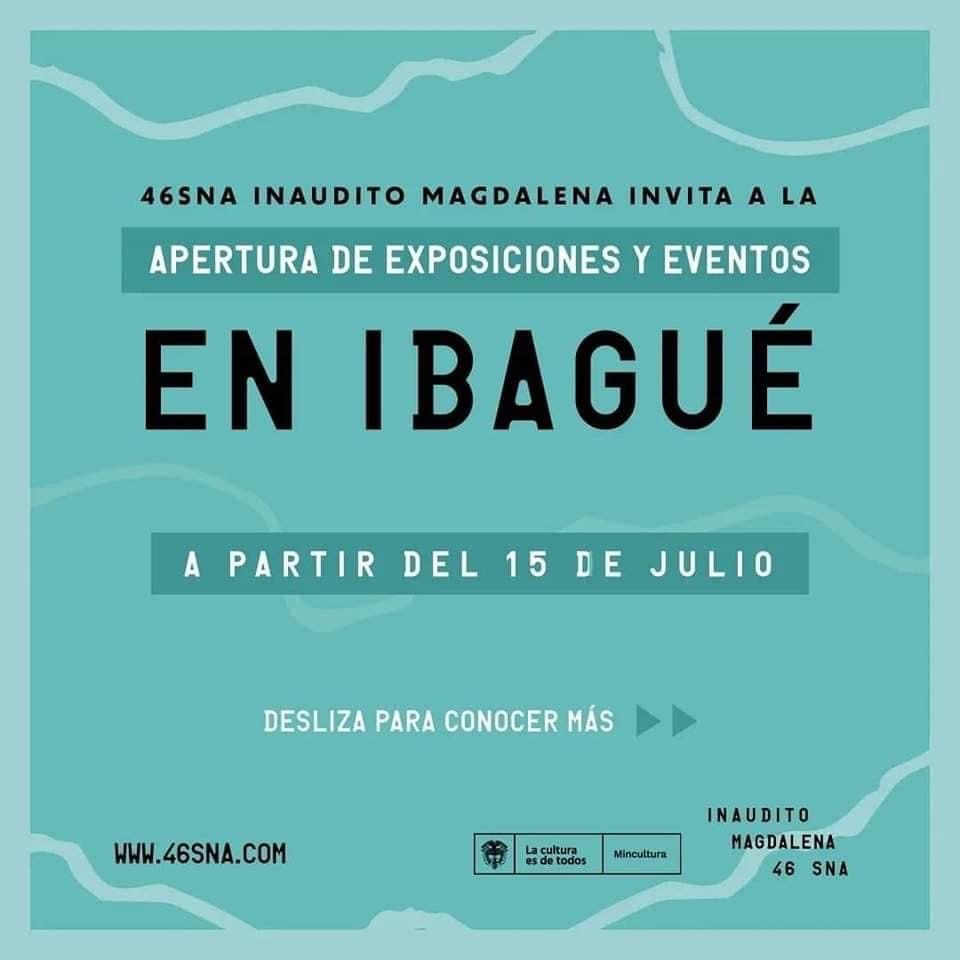
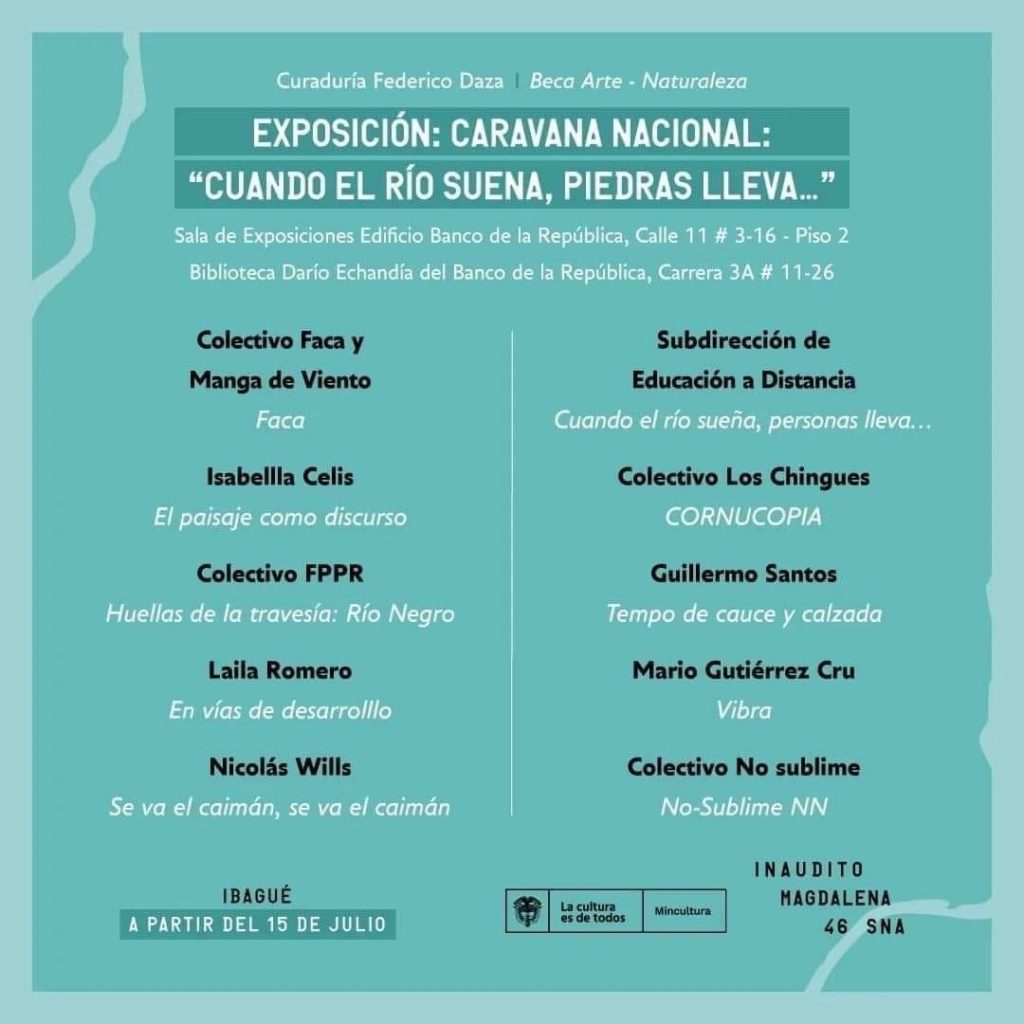
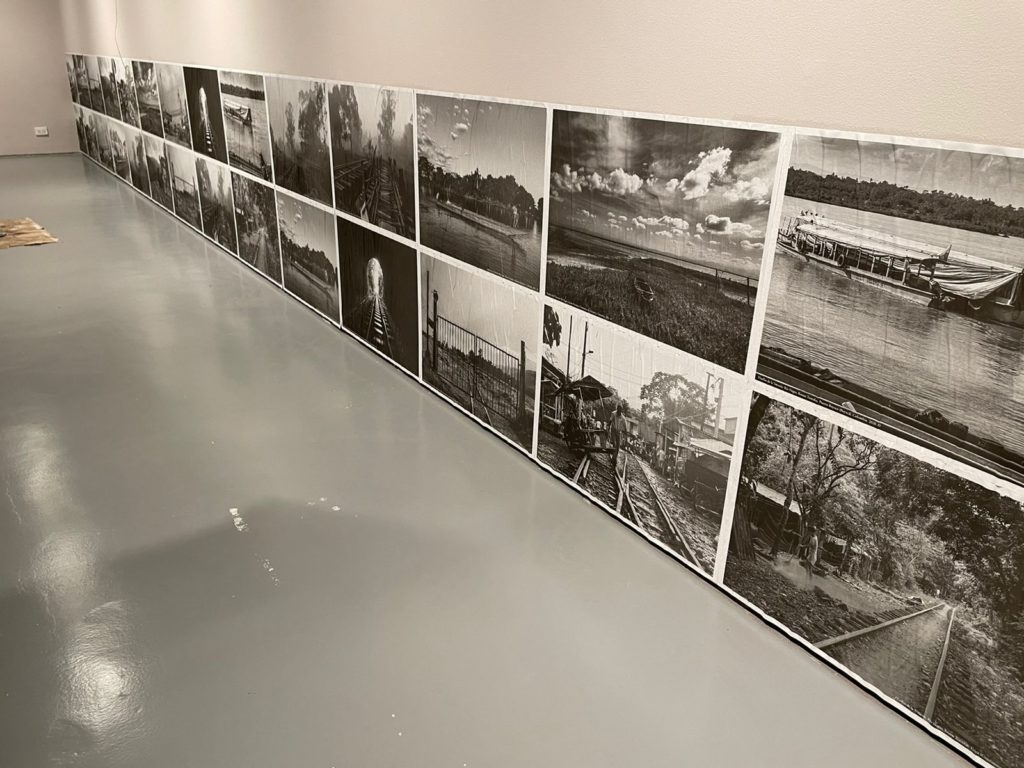
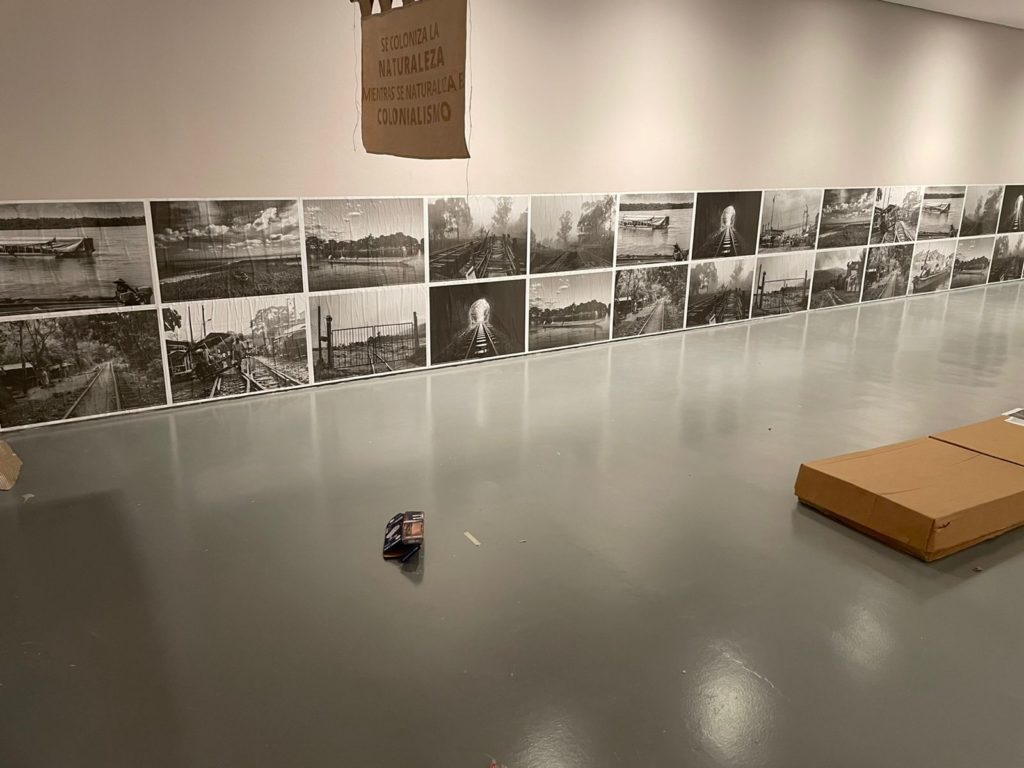

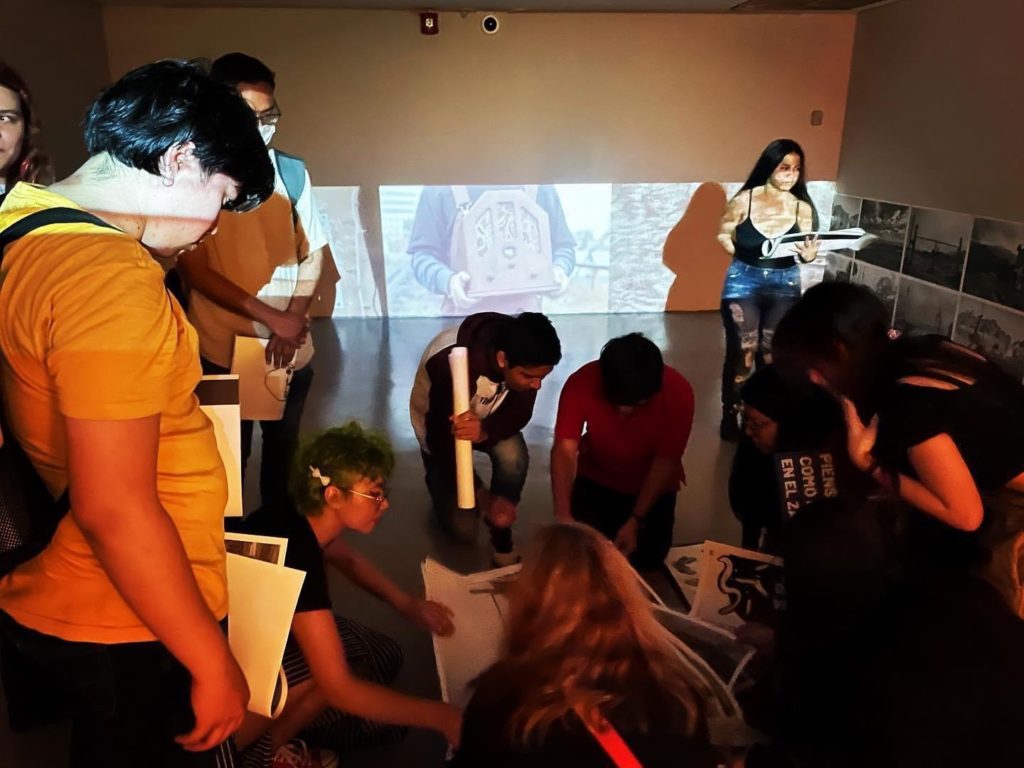
Lxs visitantes escogiendo sus afiches para llevar a sus casas
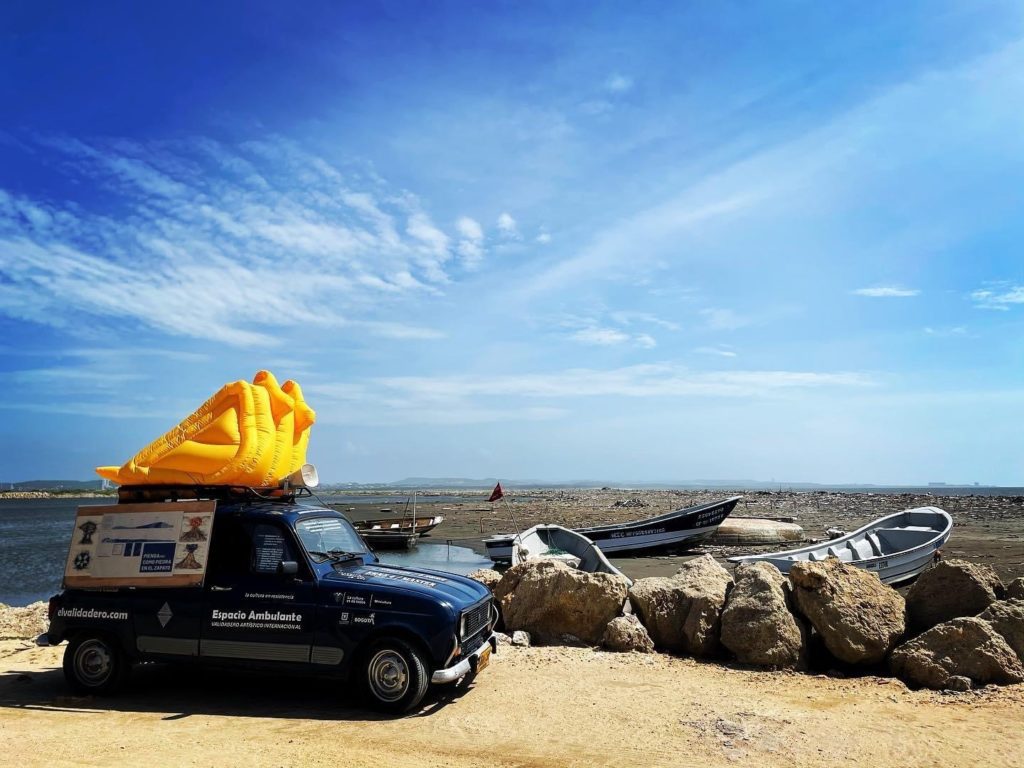
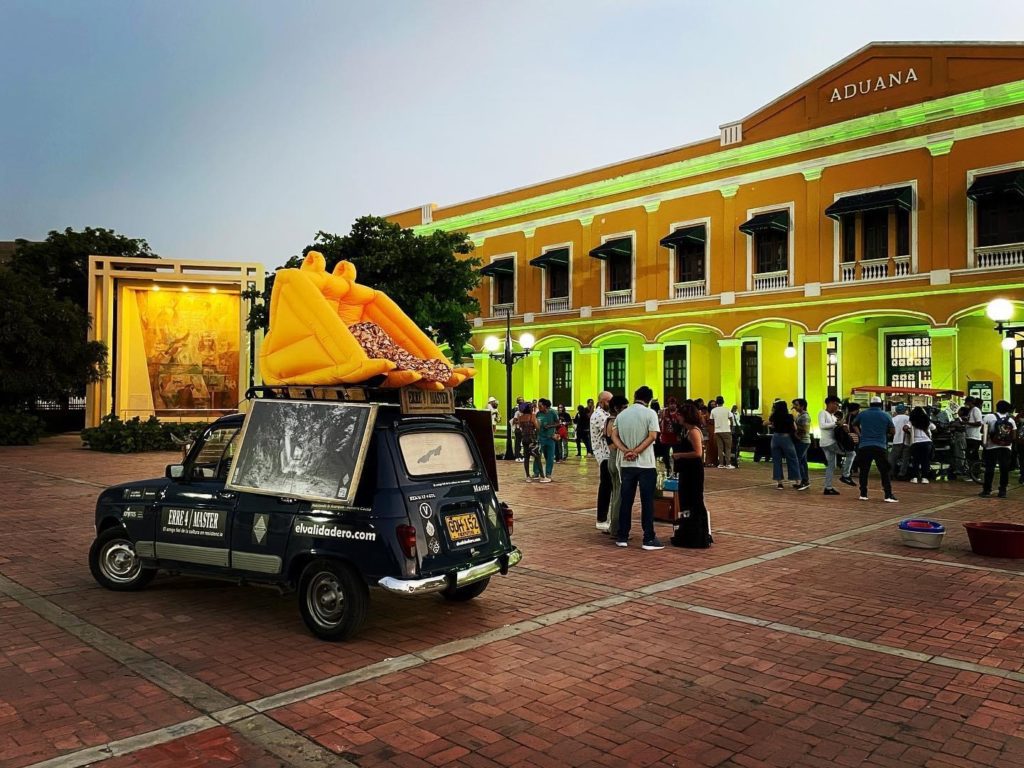
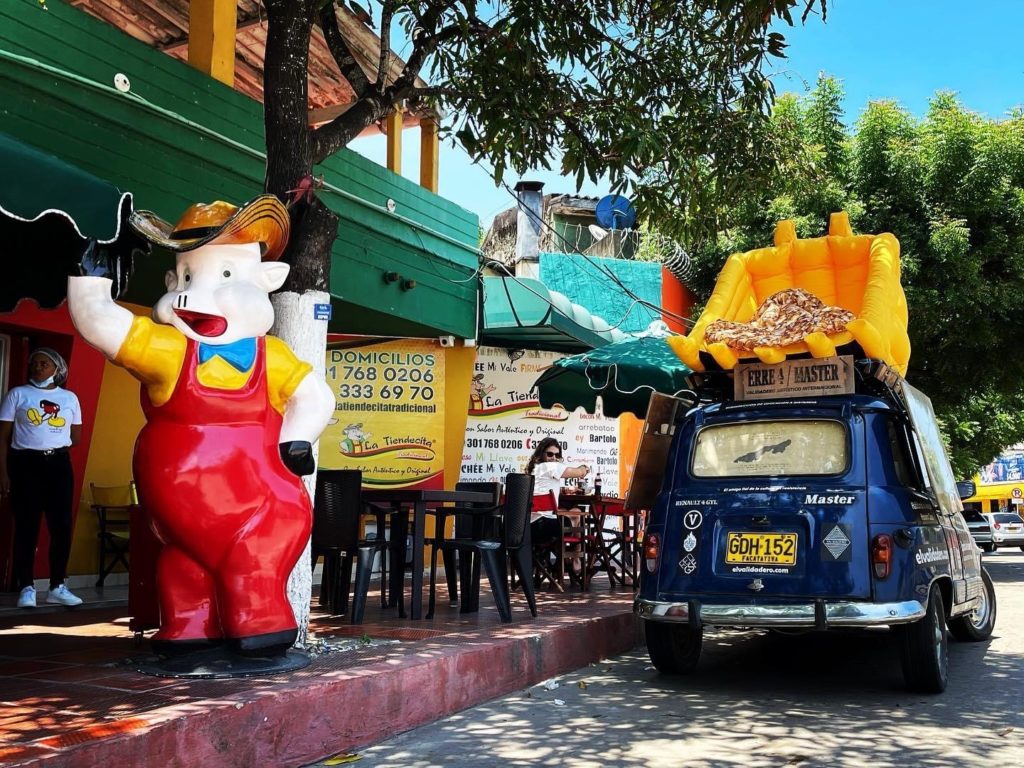
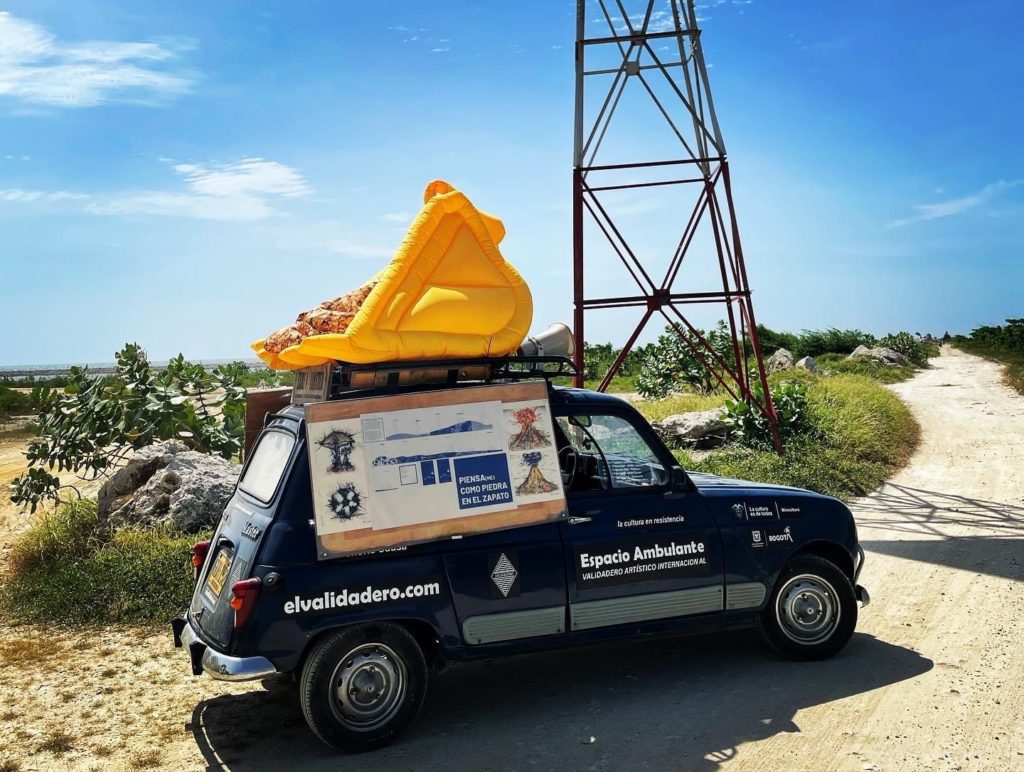
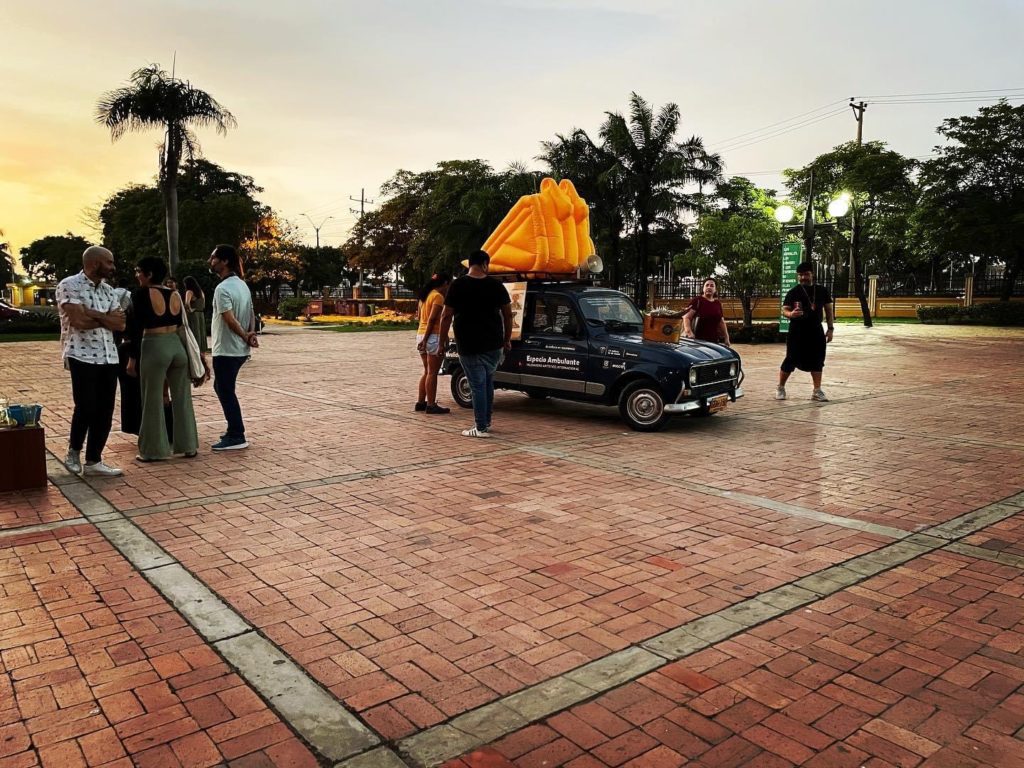
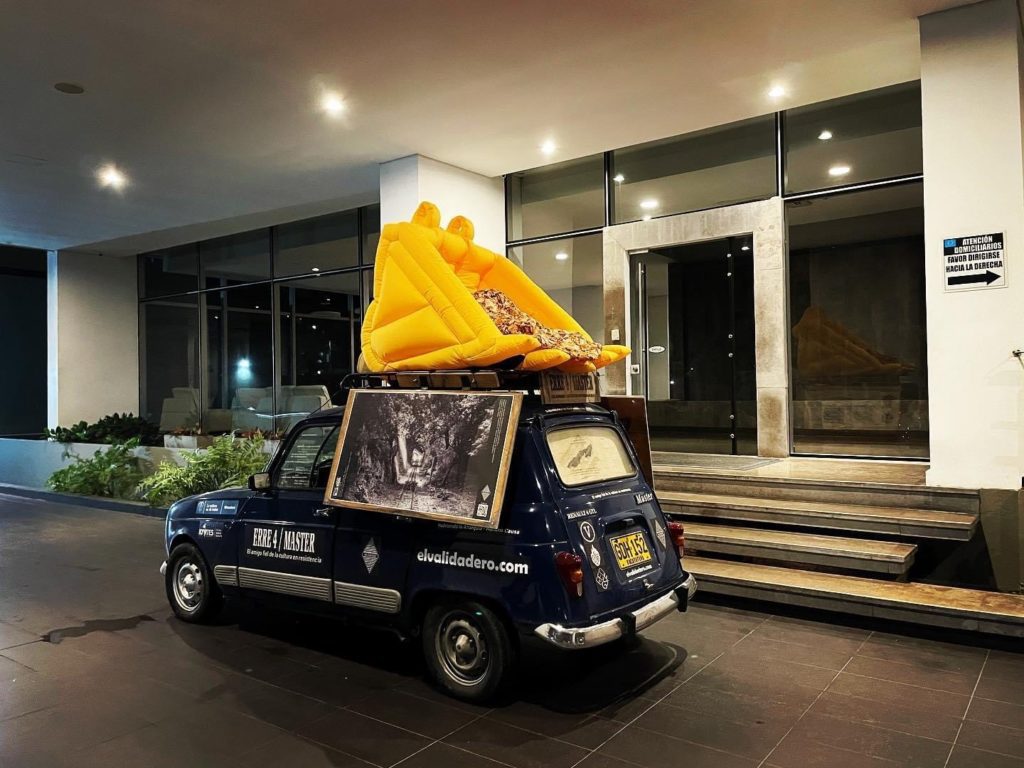


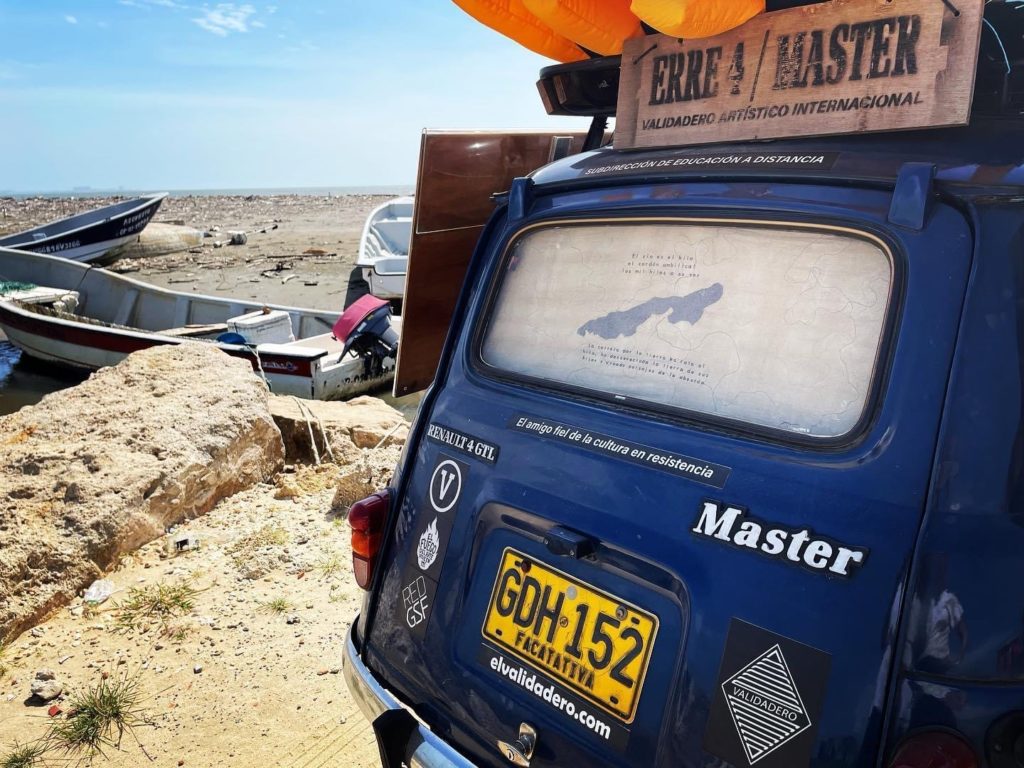
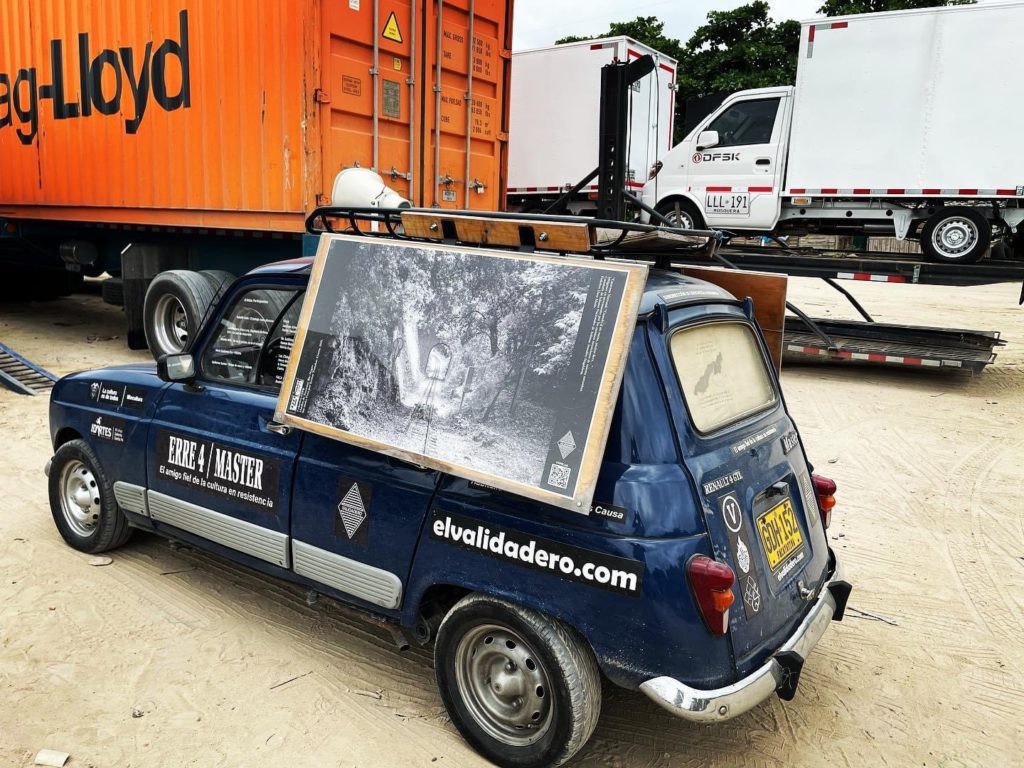
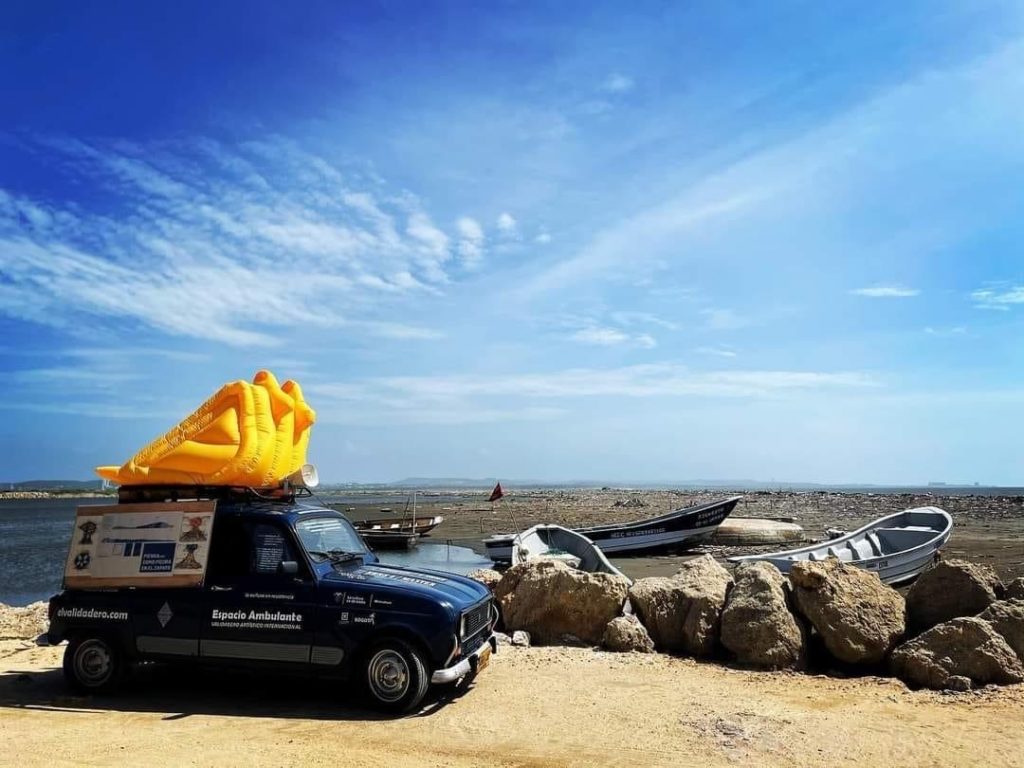
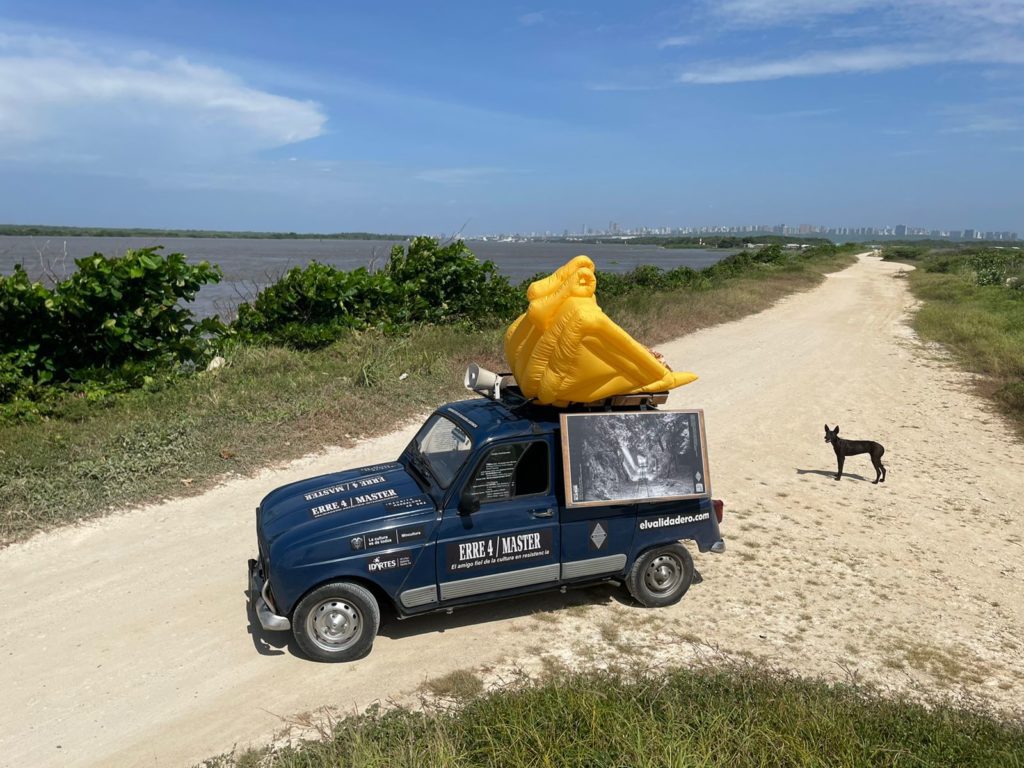
Intervención Colectivo FPPR
Pieza sonora radial
Audios capturados in situ y audios apropiados de archivo.
Formato .mp3 y .wav
Duración: 16:00 min
2022
Programación, Sedes y Rutas 2022:
Bogotá, Barranquilla, Ibagué, Honda, Mariquita, Bacatá.
Inauguración en Movimiento
-ERRE-4 / Master “el amigo fiel de la cultura en resistencia”: 5 de Julio (Salón Ambulante)
-Bogotá: 5 de Julio
-Barranquilla: 6, 7, 8, 9 de Julio
-Ibagué: 12, 13, 14, 15, 16, 17 de Julio.
-Honda: 22, 23, 24 de Julio
-Bacatá: 28, 30 de Julio
Inauguración protocolaria
-Biblioteca y Banco de la República de Ibagué: 15 de julio (Exposición en Salón)
-Peña de la cruz, Ruinas de la Ermita de la Peña. / Bacatá: Sábado 30 de Julio (Caminata Colectiva – Exposición In-situ)
Subdirección de Educación a Distancia: BacatArt